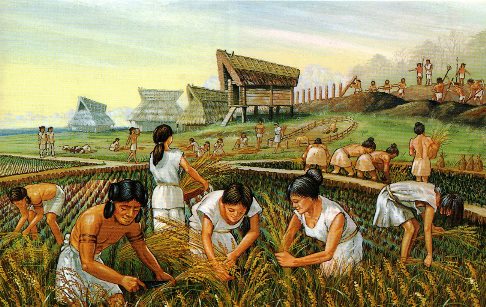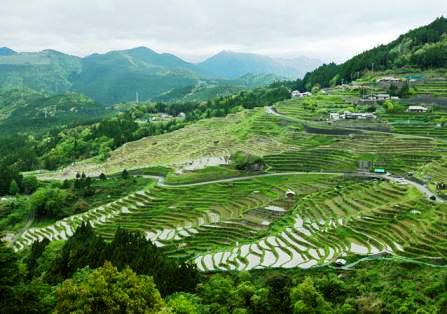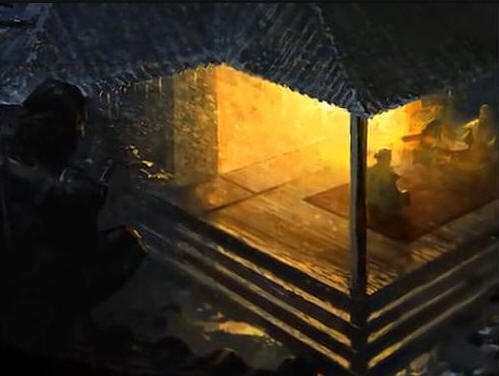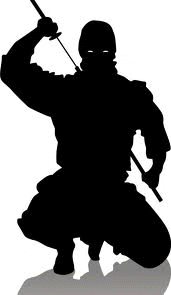

|
A. Farming and the Forests. Farmers were the highest of the peasant
classes as they produced the food that everyone in the social
pyramid needed and consumed. Rice production was labour intensive as you can see in the picture on the left. Since there was very little land available
for farming in Japan, there were few farms, therefore making
food valuable. Even though the farmers were an honoured
class, they still had to pay heavy tax fees.
It got so extreme, that when the third shogun, Tokugawa,
ruled, the farmers were to hand over all of their rice to him,
and received only a small percent back as ‘charity’!
|
||
|
Since the beginning of Japan’s history, wood has been the most sourced material used in the building of: temples, shrines, houses and even castles. Wood was also used as fuel within houses and industries.
Towards the
end of the 17th century, cities became more populated
meaning a higher demand for timber. Since it was forbidden to
import timber from foreign countries, the Japanese people had to
cut trees down from their own forests, with permission from the
feudal lords (daimyo) of course!
·
Reforms were introduced to protect seedlings and ensure
selective cutting of trees.
·
Logging
without permission became a serious crime · Plantations were created on ‘common’ land near the villages. The local people were responsible for the planting, forestry and selling of their own timber. Marking the end of Tokugawa rule in 1867 were successive governments right up to the present day, inspired to continue the sustainable forest management started by the previous leaders. With increasing modernisation and western influence, Japanese society has moved away from agriculture and forestry which up until the 19th century made up 80 per cent of the population’s livelihood. (From:http:// www.tesaustralia.com/teaching-resources) 3. 4. List four measures that were introduced by the Tokugawa shoguns to preserve the health and future of Japans forests. 5. Google and read about 'sustainable forest management'. Then write out a good definition of 'sustainable forest management' or explain what it means. First look at the video on the following site to get some ideas: http://study.com/academy/lesson/what-is-sustainable-forest-management-definition-and-examples.html#lesson |
 |
 |
| B.
Type the heading: Food
and Dining Customs. Then explore this interactive site with
sound, where you will dicover what it would be like if you were
going to
have dinner with the Shogun. As you play through the quiz, write five sentences. For each of the sentences, use one of the following groups of words: a) '...small portions of food...'. b) '...eat off the floor...'. c) '...seaweed and ice...'. d) '...blackened teeth...' e) '...taxes with rice...'. |
|
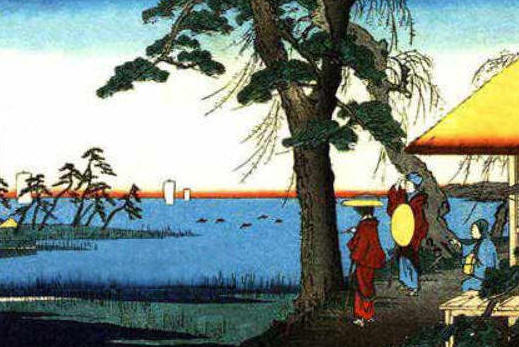 |
|
D.
The Tokugawa Period
of Peace and Prosperity For the first time in centuries, Japan was relatively peaceful. The strict political and social policies of Ieyasu and subsequent shoguns ushered in a golden age of economic and cultural prosperity. To maintain this so-called Pax Tokugawa,
the bakufu instituted its sakoku (closed-country) policy in an
attempt to keep foreign powers out of Japan. The Spanish, the English, and the
Portuguese were expelled as subversive influences. Christianity
was banned, and Japanese Christians were hunted down and
persecuted. But sakoku was far from pure isolationism.
Japan still conducted frequent but strictly regulated trade with
Korea and China. And not all Europeans were driven out: the
Dutch were allowed to maintain a small trading post on an
artificial island in Nagasaki harbor. 1. Under the heading provided, summarise
the top two paragraphs into point form notes. 2. Explain the policy of 'sakoko' that was
followed by the Tokugawa samurai. 3. Using this website:
http://www.ushistory.org/civ/10e.asp or your own research,
list the cultural and entertainment activities the Samurai
engaged in during this period of about 200 years of relative
peace. 4. Look at the nine traditional Japanese
games the many children played during this period:
http://web-japan.org/nipponia/nipponia26/en/topic/topic01.html
|
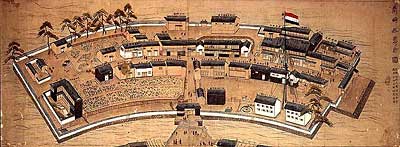 Dutch traders were the only Europeans allowed to remain in Japan under the Tokugawa shogunate's sakoku policy, but even they were restricted to Dejima, an artificial island constructed in Nagasaki harbor.  |
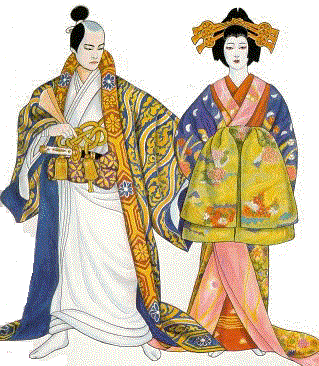 |
E. Scan your eyes down this
web page about the history of the Kimono:
http://webjapan.org/kidsweb/virtual/kimono/kimono01.html Write the heading 'Traditional Japanese Clothing' and then briefly answer these questions using complete sentences - Use the main words in the questions when writing your answers. 1. Why during the Kamakura and Muromachi periods in Japan did the Samurai start wearing particular coloured kimonos on the battlefield? 2. Use the information on the above website to label the first diagram on this page. Print this page and paste it in your book, or keep the copy in your folder. 3. Use the information found on this page about traditional clothing to label the second diagram of the Japanese children wearing traditional dress. 4. Read this web page about the Shogun peasants and then list three materials used by the medieval Japanese pesants to make their clothes. |
 |
|||
|
|||||

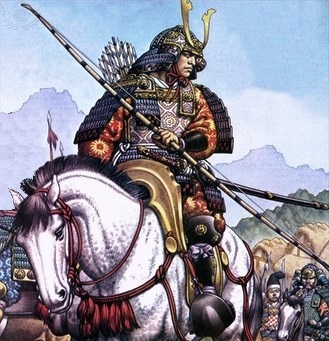 |
G.(Optional
Research activity):The Siege of Osaka The Siege of Osaka was a series of battles
undertaken by the Tokugawa shogunate against the Toyotomi clan,
and ending in that clan's destruction. Divided into two stages
(Winter Campaign and Summer Campaign), and lasting from 1614 to
1615, the siege put an end to the last major armed opposition to
the shogunate's establishment.
|
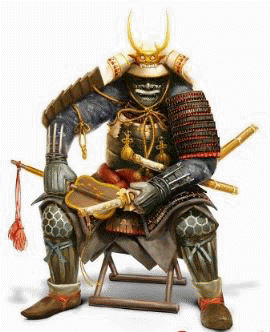 |
http://web-japan.org/kidsweb/games/step_back/index.html

